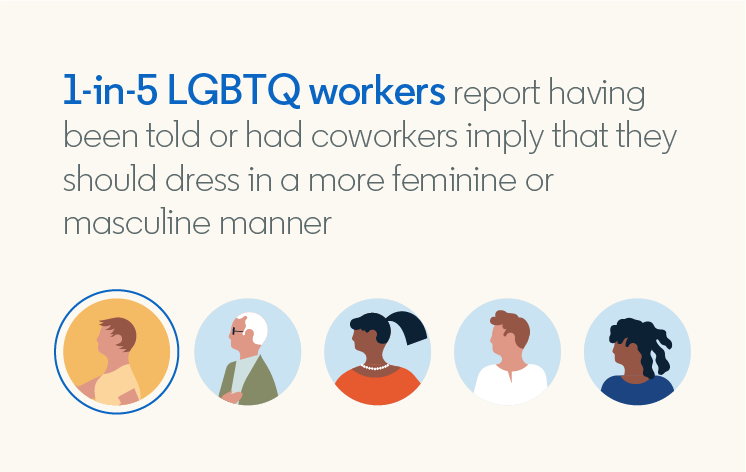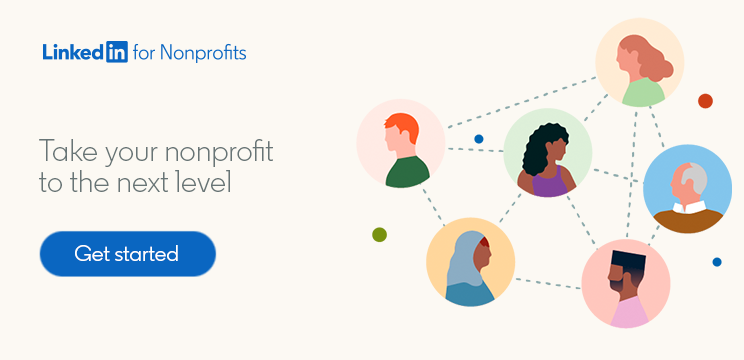
Why Remote Work May Support Diversity Efforts at Nonprofits
While many nonprofits had to remain onsite or in the field throughout the pandemic, others were able to ask certain staff to work from home—in some cases, for the very first time. Many employees took strongly to this new way of working and are now asking their organizations to make remote work options a permanent fixture. But some managers remain hesitant, citing concerns around team connectedness if their people are dispersed.
If your nonprofit is still on the fence, it’s worth considering whether long-term remote work options could support your organization’s diversity, equity, and inclusion (DEI) efforts. Remote work not only affords you the option to hire people from anywhere—which can be incredibly valuable if you’re struggling to find talent from underrepresented groups in your area—but can also make it easier for some employees to bring their whole selves to work. Here’s why.
Remote work breaks down geographical barriers, taking location bias and relocation costs out of the equation
It’s natural for organizations to search for talent in the local area, but this can sometimes result in qualified applicants who live further afield being passed over. According to one study, candidates located five to six miles away from the workplace receive one-third fewer callbacks for some jobs than those who live close by.
The researchers believe this location bias may be caused by the belief that people who live further away (and therefore have a longer commute) will be more prone to turnover. Plus, if candidates live nearby, they won’t have to travel in for interviews or relocate if hired, potentially saving the organization time and money.
This approach can cause problems, however, when the local talent pool is fairly homogeneous, making it harder to attract candidates from underrepresented groups. But even if your organization does cast a wider net, asking candidates to relocate for a job may be more financially viable for some than others, increasing the likelihood that great talent will drop out of the running. And it’s not just money that factors into candidates’ decisions about whether or not to relocate—doing so may force them to leave neighborhoods where people speak their native language and share their culture, creating a sense of belonging for them.
Remote work can eliminate these barriers to diversity, equity, and inclusion. Teams have the option to search for potential candidates in areas where the talent pool is more diverse, assuring them that they won’t have to move if they get the job. What’s more, if your job descriptions note that the role can be performed remotely, you may attract a whole new audience that previously felt your nonprofit was inaccessible to them. When remote work options are on the table, people don’t have to choose between their community and working for an organization that inspires them—they can have both and thrive.
Remote work can create a greater sense of psychological safety for some LGBTQ+ employees

LGBTQ+ individuals regularly face challenges in the workplace that their peers rarely encounter. One report found that 17% have felt exhausted from spending time and energy hiding their sexual orientation, and 13% from hiding their gender identity. The report also found that one in five have experienced coworkers telling them or implying that they should dress in a more feminine or masculine manner. Comparatively, only one in 24 non-LGBTQ+ employees have had this happen to them.
Some LGBTQ+ employees have found that working from home offers a sense of psychological safety that the physical workplace does not. Since they will only have to spend a few hours each week on camera, as opposed to sitting elbow-to-elbow with coworkers and managers each day, they may experience less scrutiny about their appearance, letting their work truly speak for itself. And with many transgender and nonbinary employees facing harrassment for using public and workplace restrooms that align with their gender identity and expression, remote work ensures they don’t have to worry about which bathroom to use.
The psychological safety of the home can also be beneficial to transgender individuals who are ready to come out at work or begin transitioning. As one transgender employee told The Wall Street Journal, working at an all-remote agency made her feel less nervous because she could post her coming-out message in Slack, then step away from her computer for a little while to calm down. A nonbinary transgender employee also noted that working from home made their testosterone therapy easier, since they were able to communicate over Slack while the pitch of their voice shifted.
Remote work can make nonprofit workplaces more accessible for employees with disabilities
Around one in four Americans live with a disability. For some, commuting to work, sitting for extended periods, or trying to do their job in a loud, fast-paced environment can be extremely physically demanding. Others may struggle to find the dedicated support they need to make the workplace easily accessible.
Many disabled and chronically ill individuals have found that remote work allows them to do their jobs without unnecessary difficulty or discomfort. For example, one professional with Ehlers-Danlos syndrome notes that her home is designed to be comfortable for her, since her disability causes chronic pain. The office, on the other hand, is not.
“All my energy before, when I worked in an office, was spent on trying to be physically at work,” she told The Washington Post. “It was spent on the commute and not having my symptoms get so bad that I’d have to leave midday.”
Build a more inclusive, representative workforce
When nonprofits have a workforce that is representative of the communities they serve, they’re better positioned to understand the specific needs and challenges of those communities and find innovative solutions to problems. Combined with a commitment to finding and addressing biases and discrimination, remote work may support your organization’s DEI efforts and help you build an organization where people from all backgrounds can belong and thrive.
LinkedIn for Nonprofits can help you attract, hire, and retain both remote and onsite talent. Reach out to our team to learn more.
This post was inspired by the LinkedIn Talent Blog article “Why the Rise of Remote Work May Help Companies Become More Diverse — and More Inclusive,” authored by Samantha McLaren.

